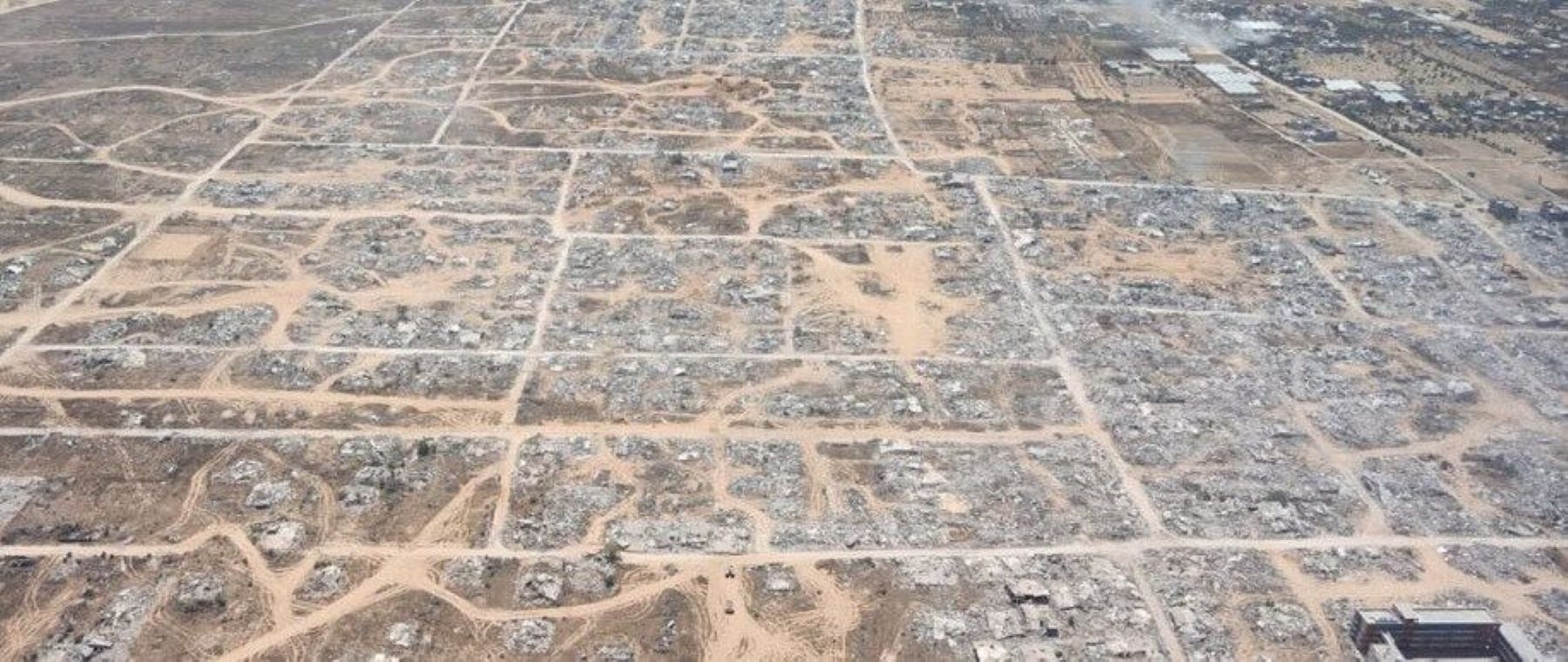The story of the Citicorp Center skyscraper, a New York landmark with a hidden and near-fatal design flaw, serves as a powerful testament to the critical role of human integrity and expertise in the world of engineering. For decades, the public was unaware that one of the city’s most recognizable buildings was, in fact, an impending catastrophe waiting for the right storm to strike. This chilling secret was known by only one person, an engineer whose unwavering ethical compass ultimately saved countless lives. The narrative is a compelling blend of design hubris, mathematical precision, and the quiet heroism of a professional who put public safety above all else.
The building’s innovative design was its most celebrated feature. Erected in the mid-1970s, the Citicorp Center was an engineering marvel, a bold departure from conventional skyscraper construction. It stood on four massive, nine-story-tall stilts at its corners, a decision made to accommodate a new church on the block. The tower, perched atop these legs, appeared to float above the street. This unique structure, a result of a negotiation with the church to preserve its original location, was lauded for its creativity and architectural daring. The design was seen as a triumphant example of form following function, where a seemingly intractable problem was solved with a brilliant and unconventional solution.
However, a crucial miscalculation lay hidden within this revolutionary design. A young civil engineering student, while working on a school project, began to question the building’s structural integrity. Her analysis, based on a theoretical paper, suggested that the skyscraper was vulnerable to quartering winds—those that hit the building at a 45-degree angle. The standard practice for structural calculations had always been to test for winds hitting head-on, at 90 degrees. This quartering wind scenario, considered a statistical anomaly, was not part of the building codes or standard industry practice at the time. Yet, the student’s research showed that under this specific load, the unique geometry of the building’s bolted joints could be pushed beyond their breaking point.
Upon learning about the student’s discoveries, the original engineer responsible for the skyscraper’s design, a talented and esteemed professional named William LeMessurier, took her observations to heart. Known for his careful attention to detail, LeMessurier independently verified the calculations. To his dismay, he found the student was indeed right. He had designed a structure with a significant vulnerability, posing a one-in-sixteen likelihood of catastrophic collapse should a severe hurricane hit New York City. This realization was a profound shock, leading to both a personal and professional crisis that he endured alone. He faced an intense moral conflict: remain quiet and risk a public disaster, or speak up and jeopardize his reputation, his career, and the financial stability of his firm.
LeMessurier chose the path of honesty and responsibility. He made the decision to not only inform his clients and the city’s building department but to also take personal responsibility for the error. This act of courage set in motion a secret, round-the-clock operation to reinforce the building. Working under the cover of darkness, crews welded massive steel plates over each of the skyscraper’s 200 bolted joints. The process was painstakingly slow and dangerous, but it had to be done in secret to avoid public panic and preserve the building’s reputation. The cover story was that the crews were performing routine maintenance, a fabrication that allowed the work to proceed without incident.
The reinforcement project was a race against time. Hurricane Ella, a powerful storm, was making its way up the East Coast. As the hurricane approached, LeMessurier worked with government officials to plan for a potential evacuation, a contingency plan that thankfully never had to be put into action. The storm veered out to sea, and the secret repairs were completed without the public ever knowing the danger they had been in. The story of the Citicorp Center remained hidden for nearly two decades, finally coming to light only after a journalist uncovered the details. LeMessurier, who had retired, was finally able to share the full story of his decision, solidifying his legacy not just as a talented engineer but as a true professional who exemplified the highest standards of ethical conduct.
El relato del Citicorp Center es una lección significativa sobre la relevancia de la integridad estructural y la responsabilidad ética de quienes diseñan los edificios en los que vivimos. Resalta que incluso las mentes más brillantes pueden cometer errores, y que la verdadera talla de un profesional se ve en cómo afrontan esas fallas. Las acciones de William LeMessurier son un ejemplo claro del principio de que la seguridad pública debe anteponerse siempre al beneficio personal o al orgullo profesional.
His courage to face the consequences of his error and to act decisively to fix it is a powerful reminder that the buildings that shape our cities are not just monuments of steel and glass, but a reflection of the integrity of the people who build them. The story has been used as a teaching tool in engineering schools for decades, serving as a powerful case study in ethics and a cautionary tale about the importance of re-checking one’s work.





